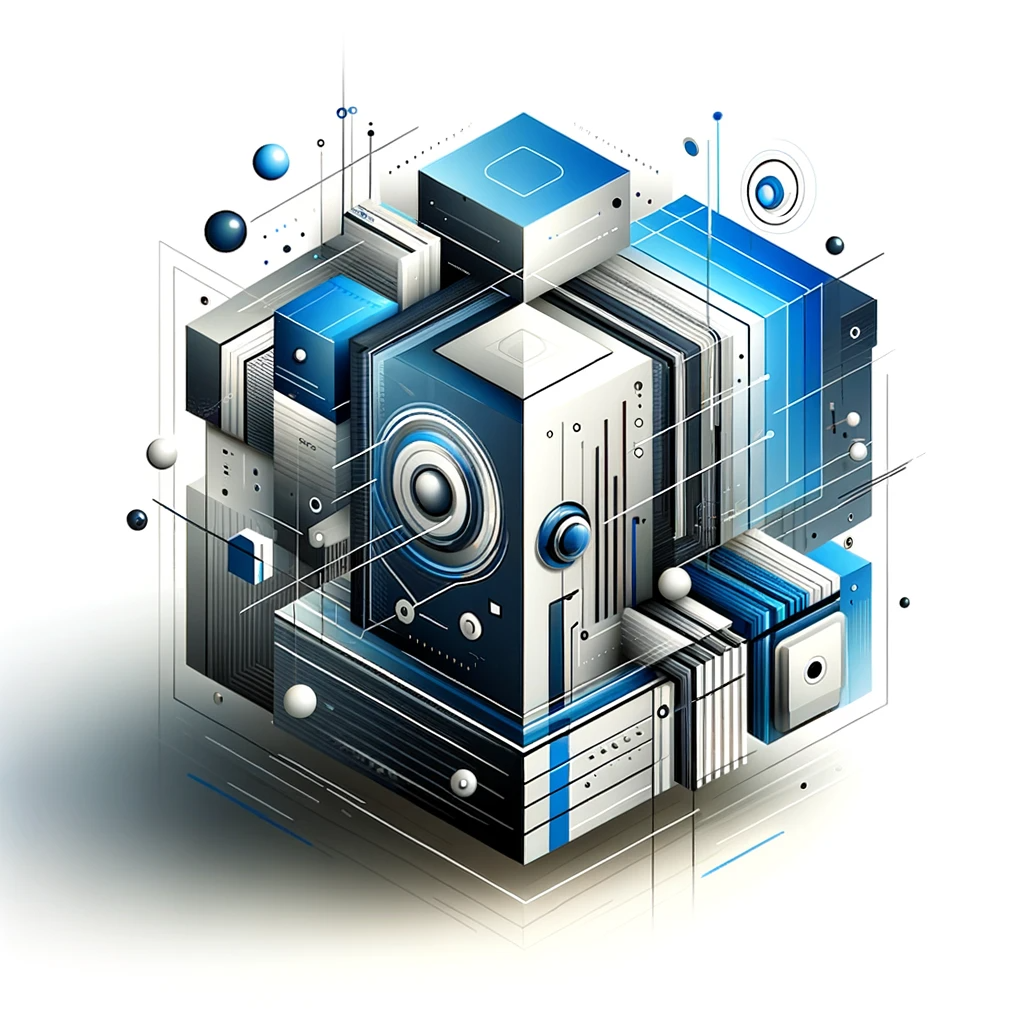Challenges of implementing protection systems in smart grids: a review
Indonesian Journal of Electrical Engineering and Computer Science

Abstract
Based on the emergence of increasingly advanced technology, the conventional power grid can be upgraded to a smart grid by adding bidirectional communication, computer algorithms, and equipment that uses artificial intelligence (AI). A smart grid is a revolution in the current electricity network that can control the two-way generation and transmission process by utilizing an intelligent system so that the distribution of electric power can be handled optimally and in real time. The challenge of the smart grid is that there are distributed generators and microgrids that must be controlled in real time with rapidly changing loads. To meet these criteria, several points are proposed, i.e., finding an effective procedure to construct self-healing capability; developing a protection system based on AI; and proposing a systematic procedure to realize self-healing and protection systems with the help of a multi-agent system (MAS). Multi-agent systems are one of the AI approaches. Each agent can work independently and can also communicate with one another and with other devices on the network. Agents used as models can be classified into several categories, such as grid component agents, distributed resource agents, end-user agents, failure control agents, data analysis agents, and graphical visualization agents.
Discover Our Library
Embark on a journey through our expansive collection of articles and let curiosity lead your path to innovation.





